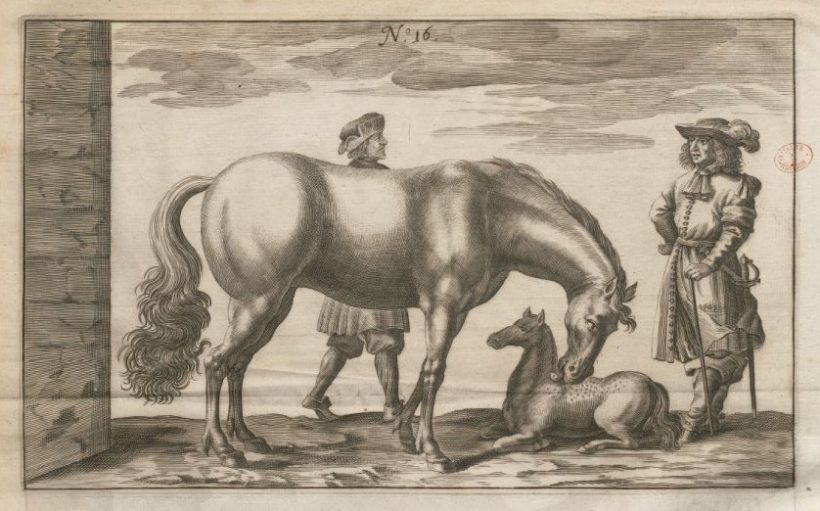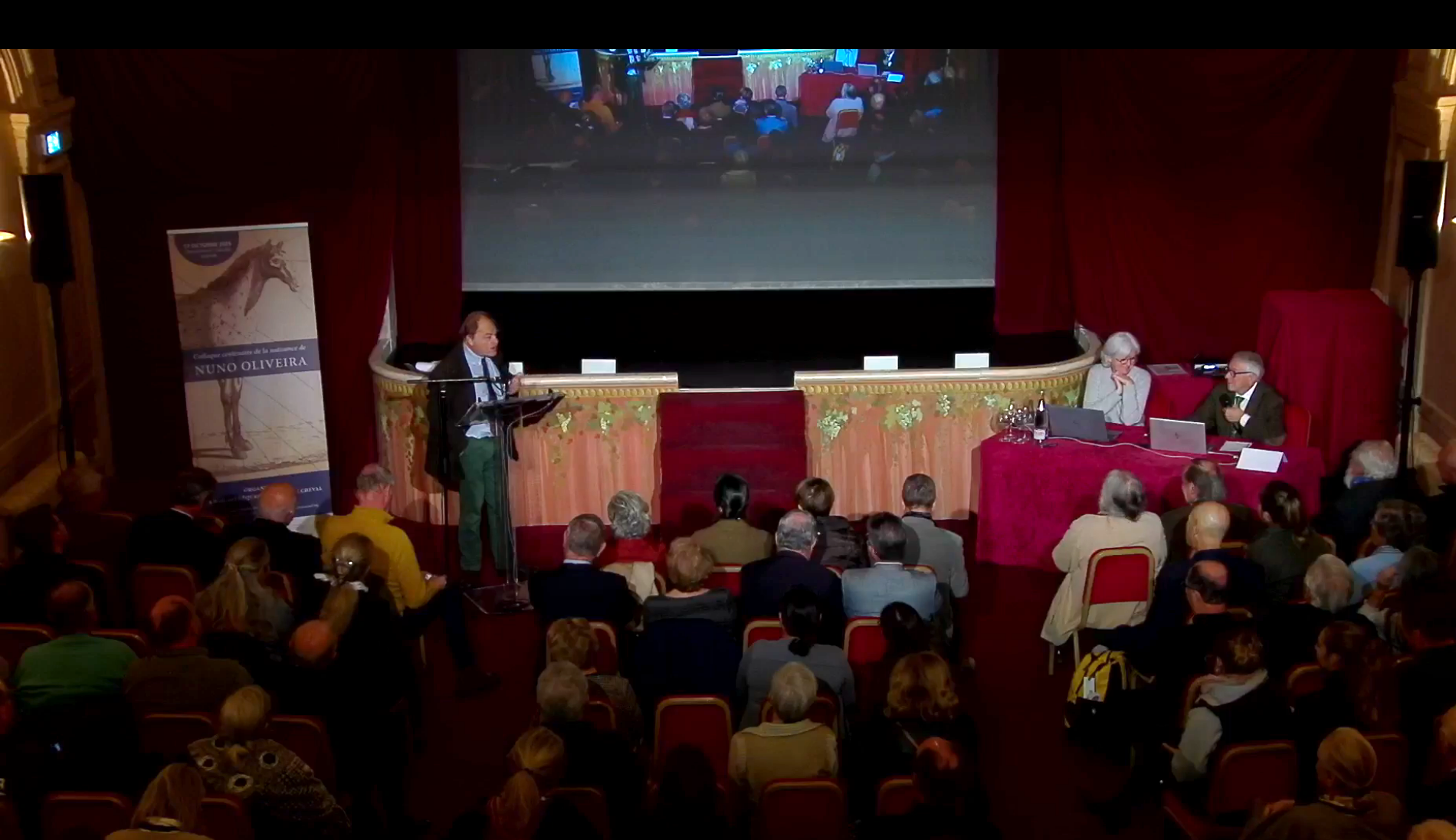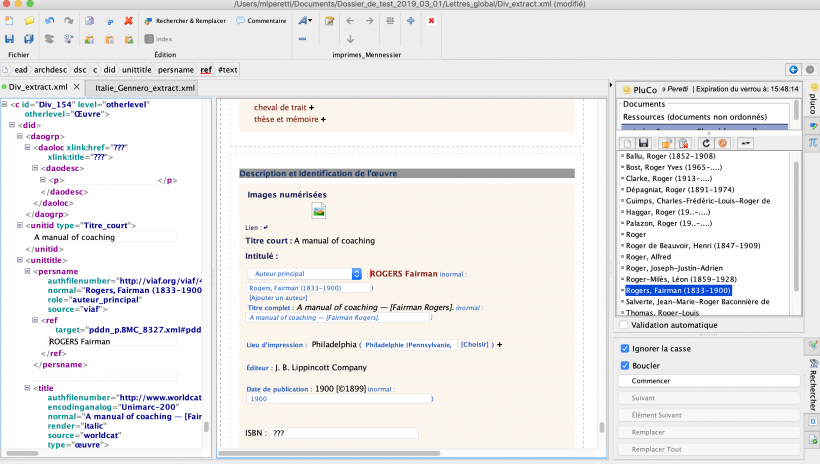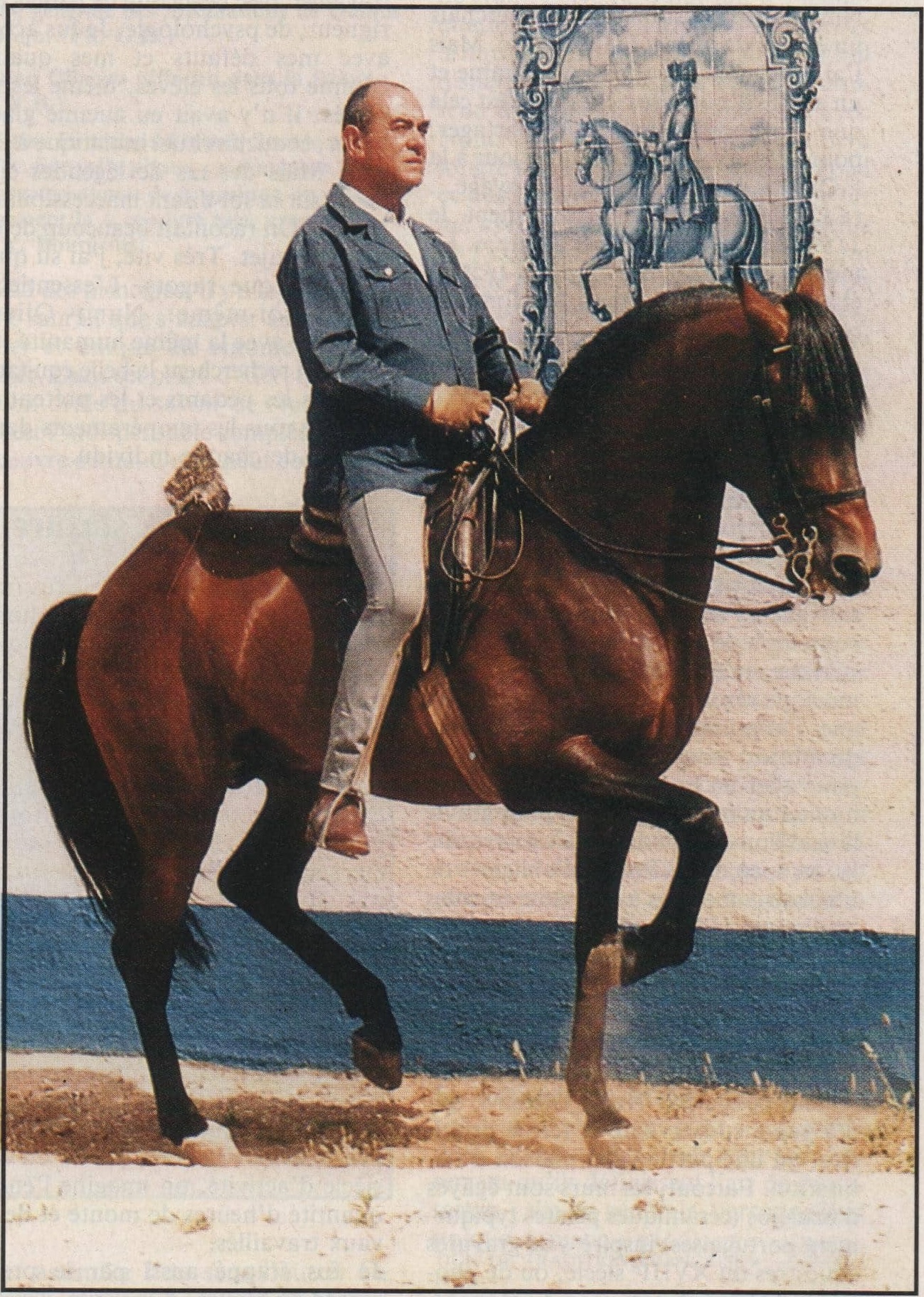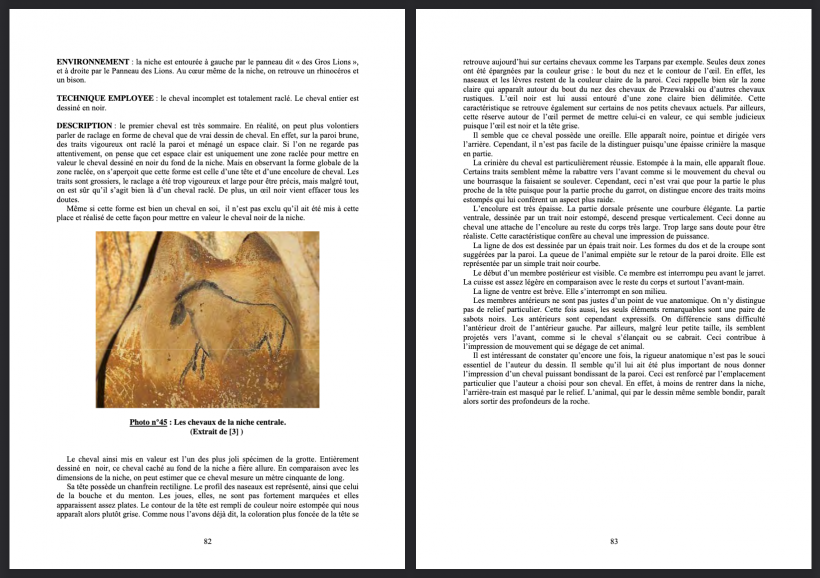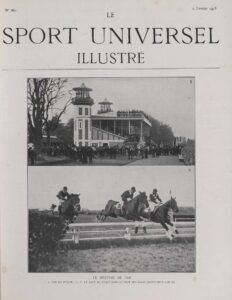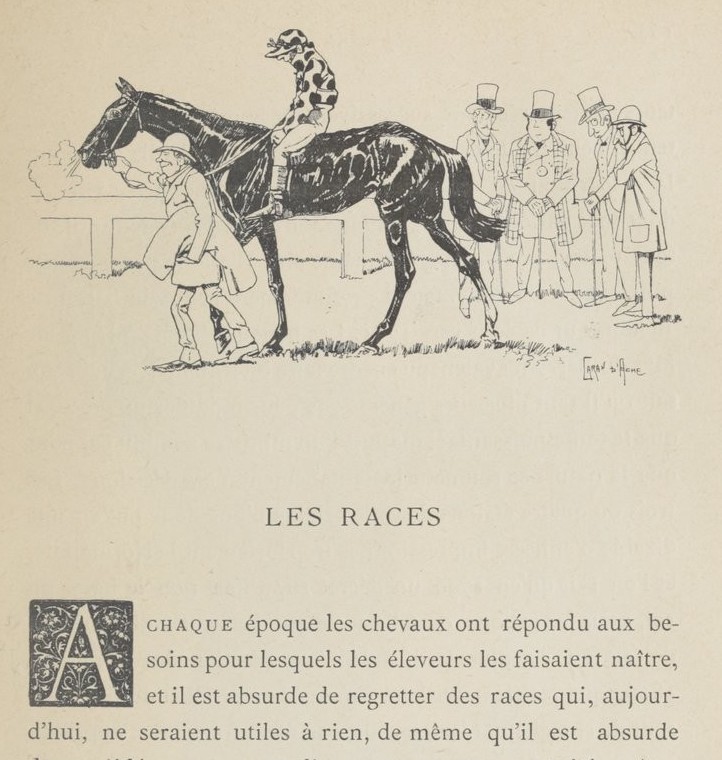
The use of pseudonyms
The use of a pseudonym responds to many more reasons than we think. For example, an artist seeks out with his borrowed name, poetry that his original or real name does not have. Caran d’Ache cartoons, which means pencil in Russian, possibly
would have been less successful if their creator had signed Emmanuel Poiré. Likewise, it is possible that collectors could have had a different fervor for Victor Gérusez’s drawings, more commonly known under the name of Crafty.
Others preferred the option of putting a mask on their identity to have more freedom to write without fear. Thus, the military have been able to reverse their reserve obligation and give their opinion, sometimes forceful, on the strategies of cavalry and the remounts. Even though many writings are anonymous, or simply bear the initials of their authors, others showed a clearly intentional impetus. This is the case for those of J. Héthay or Folarcon…
Less common is the case of Mennessier, who speaks of an author who used a name loaned to promote his own work. In this way, Jacques de Solleysel, the famous equestrian lover of the seventeenth century created a double that he called the Sieur de la Bessée, who put on display his own book in terms that Mennessier described as “Hyperbolic”… No one takes better care of himself than oneself!
See more:
